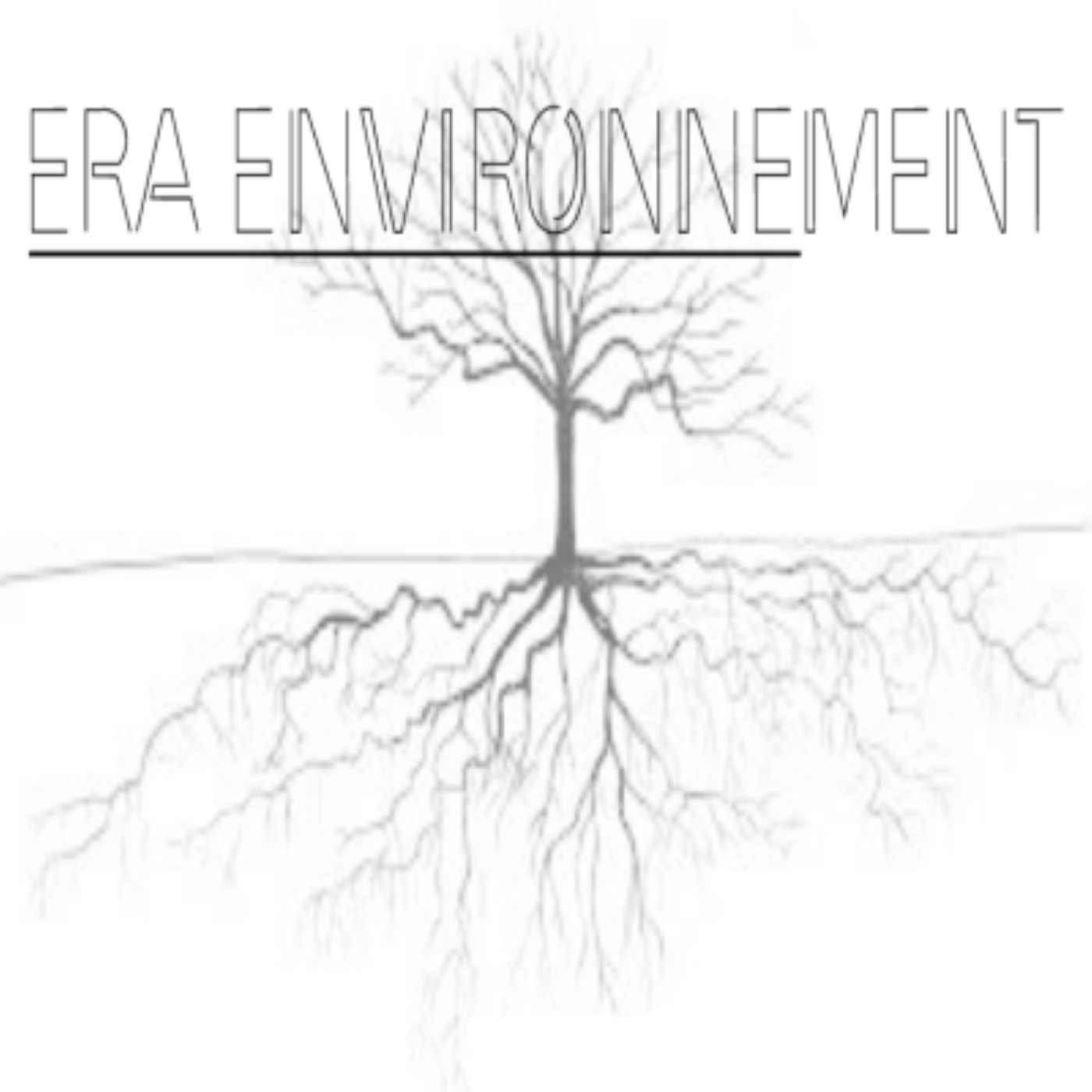REDD+ Tanzania : More transparency needed for the communities
By Deodatus Mfugale
April 19 2016
While global leaders are continuing to discuss how to develop and implement national Reducing Emissions from Deforestation and Forest Degradation strategies ( REDD+), some countries like Tanzania are facing dualities.
The benefits of the Participatory Forest Management programme
In Tanzania, the Participatory Forest Management (PFM) programme, a strategy to achieve sustainable forest management by encouraging the management or co-management of forest and woodland resources by the communities living closest to the resources, is better assimilated by the communities than the UN Reducing Emissions from Deforestation and Forest Degradation programme.
In Kilwa district, villages have created village land forest reserves which they own, conserve and harvest, according to sustainable resource consumption principles. It is part of the Participatory Forest Management programme. This programme intends to achieve sustainable forest management by encouraging the management or co-management of forest and woodland resources by the communities living closest to the resources. This programme allows villages to own 100 percent of the forests and thus become equally responsible for 100 percent of the revenue that comes from sale of forest products. The process to declare a village land forest reserves takes time, a couple of years . It also requires a substantial amount of money to meet costs such as surveying the forest land. However, all activities are done by the village with some technical and financial support from the district council or NGO.
With the Participatory Forest Management programme, villages like Mchichiri in Ruangwa district found it worthwhile to borrow money from a neighbouring village which had accomplished the programme.
« We asked Nahangwa village, our neighbor, to borrow us some money. With our own funds and this money, we’ve started the process to have our own forest reserve. We have completed the process and paid the debt. After one year we will be ready to realise the benefits,” says Charles Sumula Mchichiri village executive officer.
The Participatory Forest Management programme has won hearts of villagers. It gives them sustainable tangible benefits. This programme become a driving force for communities to take forest conservation seriously. In Kilwa district for example, villages have built classrooms for primary schools and equipped them with desks. Others provide uniforms and lunch to school children which number more than 400.
REDD+ : a different story
For Mr. Cassian Sianga, Coordinator of the Tanzania Forest Working Group of Tanzania Natural Resources Forum, the Participatory Forest Management programme is easy to understand as it is a local initiative. Whereas, the UN Reducing Emissions from Deforestation and Forest Degradation (REDD+) programme is a foreign concept.
« REDD + provides little chance for locals to make decisions and implement what has been decided. It is simply imposed on the community, » says Mr Sianga.
In 2009 residents of Moka village, in Lindi region, refused to take part in the Reducing Deforestation and Forest Degradation programme. This programme aims to convince and encourage communities living adjacent to forests to conserve them as a way of reducing greenhouse gas emissions in the air. In return, the communities should receive money. Nowadays, nine other villages in the district, including Likwaya, which welcomed first the programme refused to continue the REDD+ activities. From time to time, individuals in the villages earned money, depending on the calculations. The money divided among individuals was only a third of the total income with another part going to village environment committees and the other third being spent by village governments on development projects.
But for about four years now, residents of Likwaya and other villages have not been getting any money from the programme. No one has been bold enough to tell them when and how they will earn any money from the project. No one tell them if everything has come to the end. Therefore, the villages feel betrayed by the programme proponents and they cannot control their forests. Thereby, there is an increasing deforestation and forest degradation. For these villages REDD+ is no longer the messenger of poverty alleviation that they believed it was.
Why REDD+ is not working in Tanzania ?
The international non-profit organization Forest Trends has published recently two reports on how countries are participating in the United Nations Programme on Reducing Emissions from Deforestation and Forest Degradation programme.
“About USD 45.3 million has been invested in Papua New Guinea(PNG) for REDD+ activities between 2009 and 2014. Some USD93.8 million in total funds have been committed or disbursed to Tanzania- but unlike financing for Papua New Guinea, funds to Tanzania have all but dried up,” indicate the reports.
According to these reports, financial commitments to Papua New Guinea got off to a slow start, but finally began in earnest in 2012 and continued to grow in 2013 and 2014. Actual disbursements of those committed funds gradually increased between 2011 and 2014, as well. But for Tanzania, it is a different story.
“Tanzania, on the other hand, has had almost the exact opposite trajectory. After an initial infusion of funds in 2009, primarily from Norway, REDD+ finance has stagnated. No new funding has been committed to Tanzania since 2010, and this uncertainty has halted progress on key REDD+ forest conservation initiatives,” indicates the second report on Tanzania and REDD+.
So which programme Tanzania has to choose ?
Participatory Forest Management programme does not depend on external funding. All the money is generated in the village and spent on issues agreed upon by the villagers, says observers.
“Once a village land reserve forest is declared, it is upon the village government to meet all costs of managing it. In all cases village governments have been able to do so driven by the need to get financial and other benefits as well as improve social service delivery to their people,” says Shaffi Msuya, campaign officer for Mama Misitu Programme.
To Mr Msuya, Participatory Management programme is a home-grown initiative which is readily accepted by villagers. “Communities that were participating in REDD+ programme have abandoned it and are now shifting to Participatory Forest Management where they can get sustainable tangible benefits,” he informs.
This puts the future of REDD+ doubtful especially in Tanzania as communities are no longer getting the money they were promised. The indecision by donors whether to continue funding the programme or not, coupled by the lack of communication to communities, has discouraged villagers. The credibility of the programme has been put to scrutiny.
What future holds for REDD+ in Tanzania ?
“REDD+ is a donor driven programme that has a bleak future. After having lapsed for some years, a new take-off is highly unlikely because communities will no longer be ready to be taken for a ride,” says Gwamaka Mwakanjala, campaign manager for Mama Misitu campaign.
For Jasper Makalla, the executive Director of the NGO Mpingo Conservation and Development Initiative (MCDI), in Kilwa district of Lindi region, a fresh start for REDD+ in the country is possible.
“There are still a lot of forests in the country that could be put into the programme but there should be more transparency in the operations, and communities must see positive change in the quality of their lives,” he points out. His organization has worked with many villages in the district and beyond in the areas of land use planning. It has also been instrumental in empowering villages to have their own village land forest reserves.
To Former Director of Forestry in the Ministry of Natural Resources and Tourism of Tanzania, Dr. Felician Kilahama, communities have first hoped for the youth with REDD+. They were then discouraged with the programme. “In every corner of this country, the Chinese were buying logs from local youths. REDD+ was expected to provide alternative income to the youth which would in turn save forests. But this never happened,” he says, adding that communities want immediate tangible benefits that are sustainable. But for Mr Kilahama, who was one of the first policy makers, to understand REDD+ , there is a chance for this programme to succeed.
« Forests can regenerate. There must also be alternative sources of energy to charcoal and firewood, which communities can easily access and afford, » he explains.




